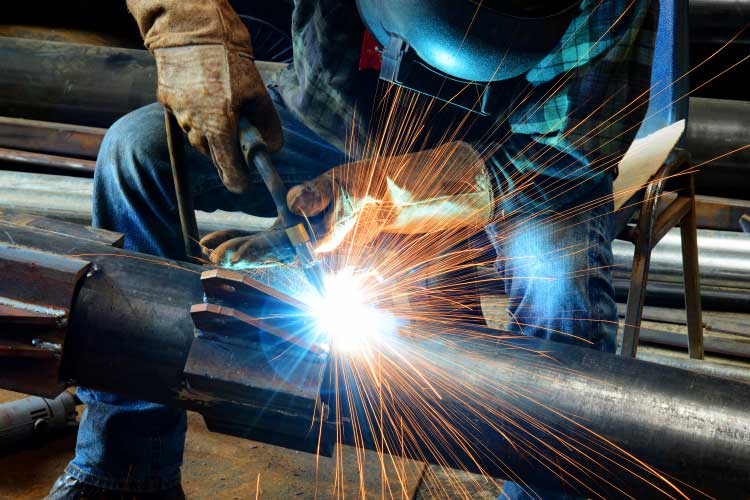Teachers will tell you there’s a variety of learning styles. Some students can learn out of a book; some need diagrams and visuals; and still others can’t retain a lesson unless they can get their hands on a tool and use it themselves.
When it comes to learning and using construction technology, there is often a disconnect between the classroom and the real world. Older and more experienced professionals might not see the benefit of using new technologies when their methods are already tried and true, while younger professionals who are more technologically proficient might not understand how to communicate the benefits of technology they take for granted.
Central to learning
Daniel Ronda is a curriculum coordinator and lead technology instructor at Pacific Northwest Carpenter’s Institute (PNCI) in Portland, Oregon, where he teaches Bluebeam Revu.
When asked about his approach to teaching construction technology to young people, Ronda said it has become essential that technology is central to the learning environment. “It’s not all about whether you can put something together or build a building or a bridge or put together a quality framework,” Ronda said. Technology has changed the industry, and young professionals need education in those technologies so they will “be equipped to be the next leaders in the industry … it goes beyond your understanding of construction and building alone,” Ronda said.
Miguel Montaño, who has 10 years’ experience as an instructor at PNCI and 33 years as a carpenter, said younger would-be construction professionals still underestimate tech’s prominence in the industry. He said that when he visits job fairs and high schools, a lot of the students he encounters think that construction is just “hammering nails.”
“We take our robotic tool stations … we throw Navisworks up on a mini PC so they can actually see and navigate through a project and say, ‘Hey, this is kind of like a video game,’” Montaño said.
For Montaño, technology is more than a way to drive down printing costs or improve communication; it’s an essential draw for potential trade professionals who haven’t had a lot of exposure to the trades. “Having them see all this stuff, how we interact with prints, with Bluebeam, I think is really helping change the mindset and attract them to construction, saying ‘Hey, you know what? It is more than just hammers and nails. This is a viable career,’” Montaño said.
Walker Lockard works for Polk Mechanical Co. in Texas. He started as an assistant project manager and grew into his current role as an applied technology specialist, where he’s seen the challenges that can arise in getting workers to adopt new methods or technology. Lockard described his role as “finding out what tools can possibly work better for trade workers or help them with their job,” while avoiding “the situations where there’s a nail that’s looking for a wall.”
Digital workflows
One of Lockard’s first tasks as a technology specialist was to lead a team of managers in developing and standardizing Polk’s digital workflow within Bluebeam’s Revu. The team identified pain points, which was an important lesson for Lockard on how to teach technology to construction professionals. Managers have to see “more consistent and higher-quality products” to commit to any new technology or process, Lockard said.
Lockard emphasized the difference in attitudes toward technology between younger and older workers. Especially for smaller companies, where adopting new technology isn’t a high priority, Lockard suggested that younger workers who know the value of incorporating tech into their workflows tailor their pitch for different people.
The owner and CEO might be convinced to adopt new tech if it helps bolster the firm’s profits, whereas the 60-year-old mechanic might need a more personalized pitch showing how a new tool helps them in the day-to-day tasks they need to accomplish in their jobs. Lockard also stressed that young people expect to use technology in their work, so to attract younger professionals, small- and medium-size companies need to be open to the value that technology can bring.
Of course, there’s always more to learn in construction, and new techniques and methods appear constantly on the horizon. Although the future of construction is increasingly technologically driven, it’s still built on people that know how to work with each other.
Apprentices that bring in new skills and ideas still need to learn the job from those with more experience, but senior professionals might learn from technologically savvy colleagues.











